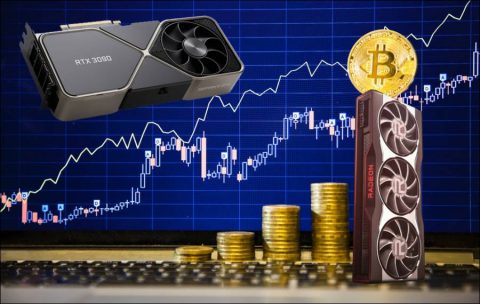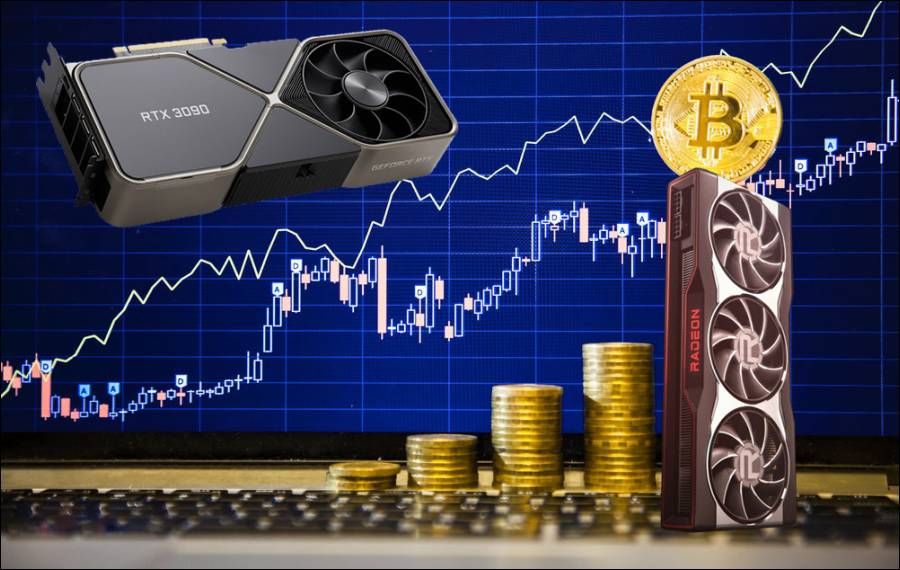With the development of technology, those who follow the economy closely are divided into two: on the one hand, those who defend traditional currencies, on the other hand, those who see the future in cryptocurrency markets like Bitcoin. Although the teams seemed separated, cryptocurrencies continued to evolve as organic assets and became embedded in our daily lives until some companies paid salaries in this way.
When the cryptocurrency market, which has been continuing its silent progress for about three years, has reactivated in the last quarter of 2020, attention has once again turned to this place. Then let’s take a closer look at what is cryptocurrency, what is behind this rise.
While doing this, let’s take a look at the blockchain technology that makes all this exchange possible. Let’s take a look at how this technology works, which enables the transfer of crypto money, which is not a tangible object like traditional currencies, in the virtual world, without intermediaries, transparent and secure. Let’s find out how this system, which is considered a ledger that keeps the record of cryptocurrency, works.
Cryptocurrency 101
Although not in our wallets, the first cryptocurrency to enter our lives was Bitcoin. However, the confusion about the definition has not been resolved since this first meeting in 2008. To understand cryptocurrency, we must look at what it is not as much as what it is.
What is cryptocurrency?
It is a fully digital, encrypted virtual currency. It is produced after a wide range of mathematical verifications, i.e. ‘mining’, done by computers (information is processed here, just as a miner works the land and reaches the reserve, an ordinary citizen can ‘print’ cryptocurrencies). Traded and transferred, stored in digital wallets, converted on cryptocurrency exchanges. It is replaced only by the initiative of the person who has it.
What is not a cryptocurrency?
It is not a currency produced by any government. It is not connected to central monetary and banking systems (it is decentralized). It is not managed by anyone. It is not produced, earned or traded in conventional ways. It is almost impossible to imitate. It is not a physical object either.
It may be appropriate to say ‘the dollar of cryptocurrencies’ for Bitcoin (BTC), as it is the most well-known and most circulated unit. All other units other than this are called ‘altcoins’. Ethereum, Ripple, Litecoin and Iota to name a few. Since the first cryptocurrency created was Bitcoin and other units in the market were traded based on the BTC parity, we hear his name the most. And of course, because he left an urban legend behind: No one still knows who or ‘who’ was Satoshi Nakamoto, who gave the world the first Bitcoin!
Let’s open up a little bit about cryptocurrency mining. In this process, which requires computers with special software and equipment, you approve financial transactions and provide transfers by solving complex problems. If you do the transaction correctly and quickly, you will be rewarded with newly generated crypto coins.
Next Page: Cryptocurrencies: Why now and why not later?
Visits: 94




